The safety of climbing ropes for kinkajous has become an increasingly important topic among exotic pet owners and wildlife rehabilitators. These arboreal mammals, often called "honey bears," spend most of their lives in trees, making proper climbing equipment essential for their physical and psychological wellbeing. Selecting the wrong material can lead to injuries, stress, or even fatal accidents.
Natural fiber ropes like Manila hemp or cotton were once the standard for kinkajou enclosures. These materials mimic the vines and branches found in their natural rainforest habitat. However, natural fibers present significant drawbacks that modern keepers should consider. They degrade quickly when exposed to moisture, creating weak spots that may fail unexpectedly. The rough texture can also cause foot pad abrasions during prolonged use. Perhaps most concerning is the tendency of kinkajous to chew and ingest fibers, which can lead to life-threatening intestinal blockages.
The pet industry has largely transitioned to synthetic alternatives, but not all plastics are created equal. Polypropylene ropes dominate the market due to their low cost, but they become brittle under UV light and develop dangerous sharp edges when frayed. Nylon offers better durability but stretches unpredictably under weight, potentially causing falls. Some premium blends incorporate polyester with a soft woven exterior, providing both strength and a comfortable gripping surface. The ideal synthetic combines UV resistance, minimal stretch, and a texture that doesn't abrade sensitive paw pads.
Diameter selection proves just as critical as material choice. Juvenile kinkajous require thinner ropes (1-1.5 cm) they can fully grasp, while adults need thicker options (2-3 cm) to support their weight. Keepers must regularly inspect for signs of wear - synthetic ropes may look intact while hiding internal damage. A useful technique involves bending the rope sharply; visible white stress lines indicate weakened fibers. The mounting hardware deserves equal attention, as rusted carabiners or poorly secured knots frequently cause accidents.
Innovative solutions have emerged from zoological institutions. The San Diego Zoo pioneered a hybrid system using aircraft-grade aluminum branches wrapped with medical-grade silicone sleeves. This eliminates fraying hazards while providing the thermal conductivity kinkajous prefer. Other facilities use marine-grade polyester ropes treated with antimicrobial coatings, especially important in humid environments. These premium options carry higher costs but dramatically reduce long-term veterinary expenses from preventable injuries.
Behavioral factors influence safety as much as physical materials. Kinkajous are nocturnal and may panic if ropes sway excessively during their active periods. Proper tensioning and strategic placement near walls prevents dangerous oscillations. Multiple horizontal and diagonal pathways should be offered, as forcing constant vertical climbing strains their joints. Observing the animal's movement patterns helps identify poorly designed routes - hesitancy or unusual gait often precedes accidents.
The most overlooked aspect involves cleaning and maintenance. Porous ropes accumulate saliva, food particles, and waste, becoming bacterial breeding grounds. Non-porous materials like certain plastics resist contamination but may become slippery when wet. Some keepers employ removable rope systems that can be autoclaved, while others use natural enzyme cleaners safe for frequent use. Regardless of method, establishing a strict sanitation schedule prevents both health hazards and material degradation.
Emerging research suggests material preferences may vary by individual. A study at the University of Costa Rica found that rescued kinkajous showed distinct texture preferences when reintroduced to climbing structures. Some consistently chose softer ropes, while others preferred more rigid options, possibly relating to their pre-captivity experiences. This highlights the importance of offering variety and observing each animal's behavior during the acclimation period.
Manufacturers have started developing specialized kinkajou ropes with input from primatologists. These incorporate elements like intermittent knots for resting spots and color-coding for keeper monitoring. The best products undergo rigorous testing with captive populations before market release. Savvy buyers should request documentation of such testing rather than relying solely on marketing claims.
Ultimately, rope safety extends beyond preventing falls. The right materials contribute to natural foraging behaviors, proper muscle development, and stress reduction. As our understanding of kinkajou welfare advances, so too must our standards for their artificial environments. What was considered acceptable a decade ago may now be recognized as inadequate or even hazardous. Continuous education and material innovation will ensure these remarkable animals thrive in human care.
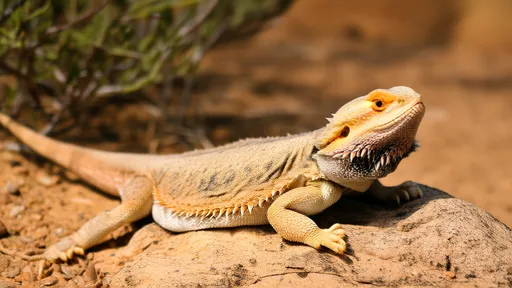
By /Jun 28, 2025
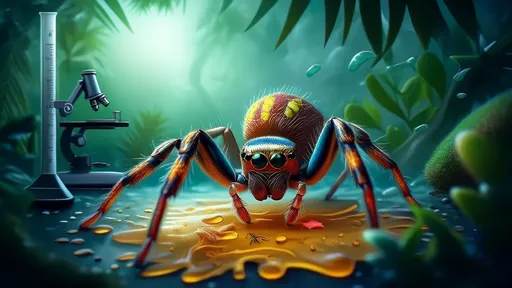
By /Jun 28, 2025
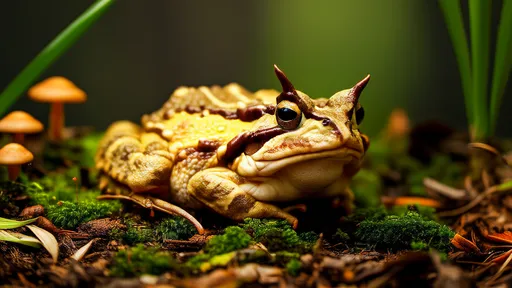
By /Jun 28, 2025
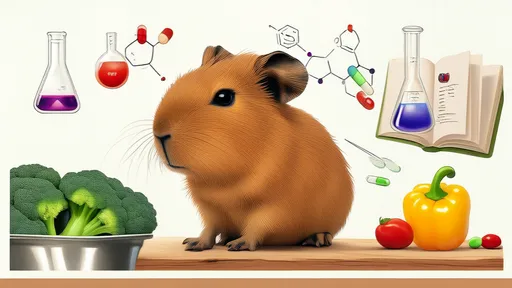
By /Jun 28, 2025
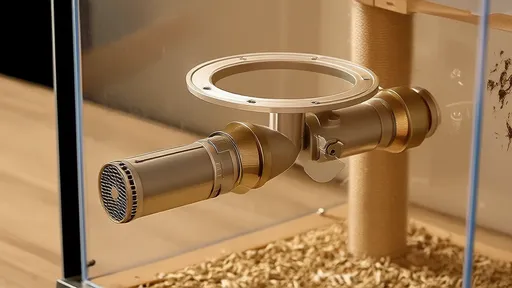
By /Jun 28, 2025
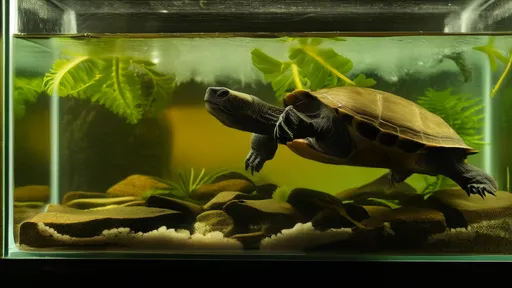
By /Jun 28, 2025
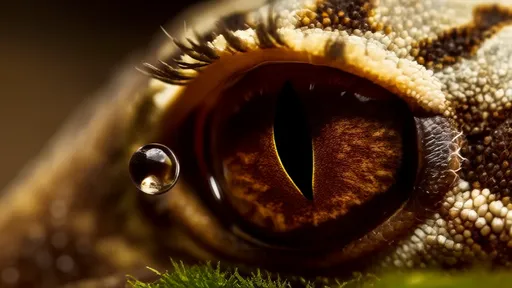
By /Jun 28, 2025

By /Jun 28, 2025
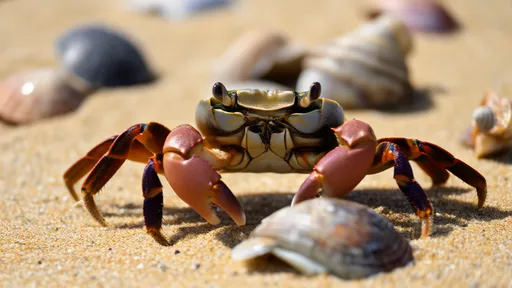
By /Jun 28, 2025
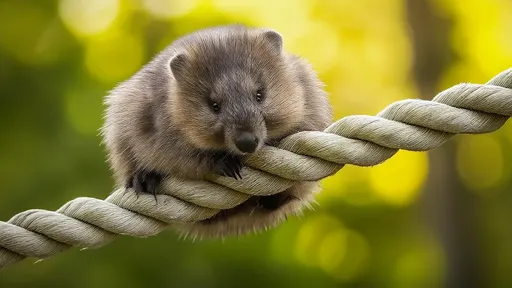
By /Jun 28, 2025

By /Jun 28, 2025
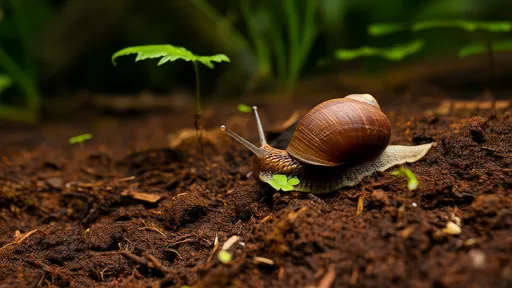
By /Jun 28, 2025
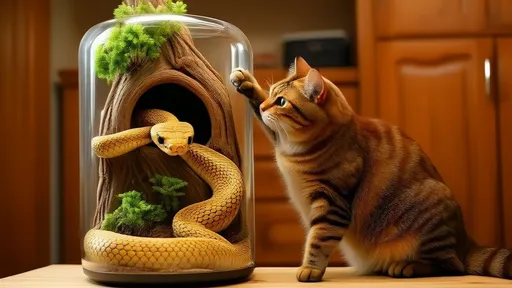
By /Jun 28, 2025
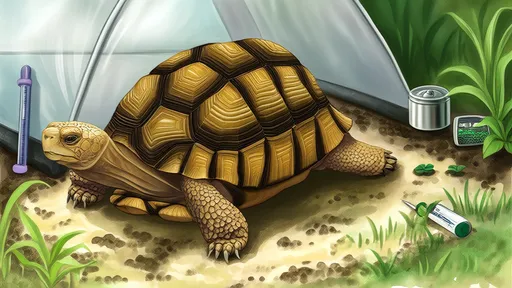
By /Jun 28, 2025
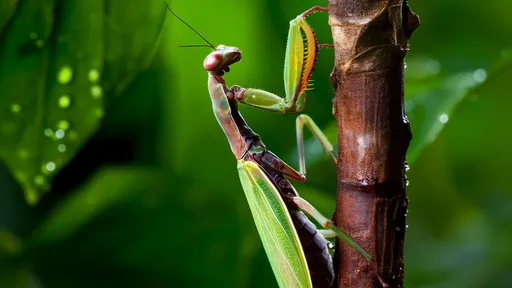
By /Jun 28, 2025
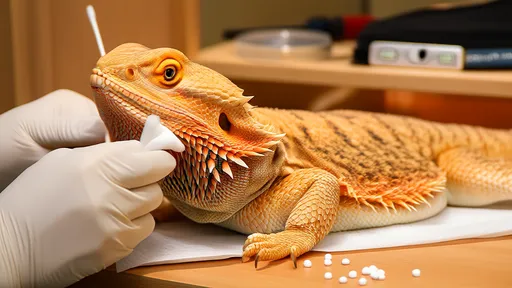
By /Jun 28, 2025
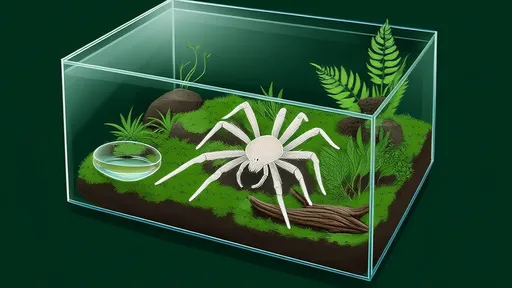
By /Jun 28, 2025